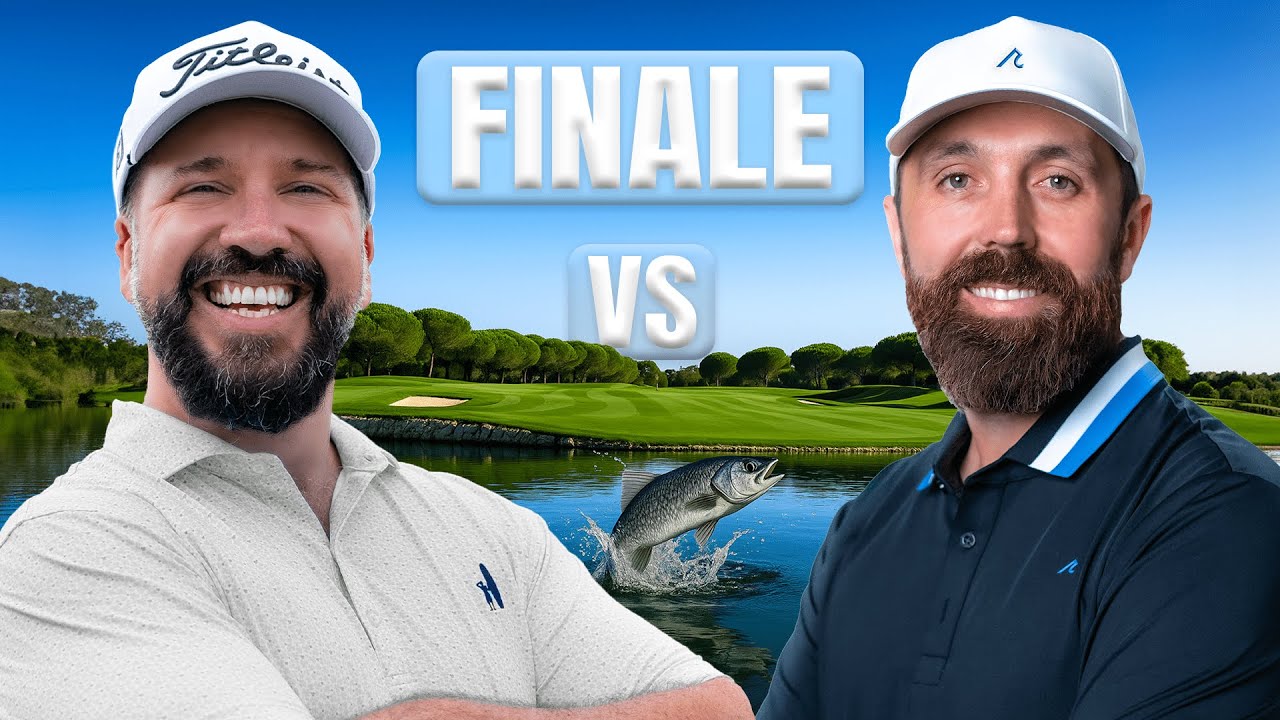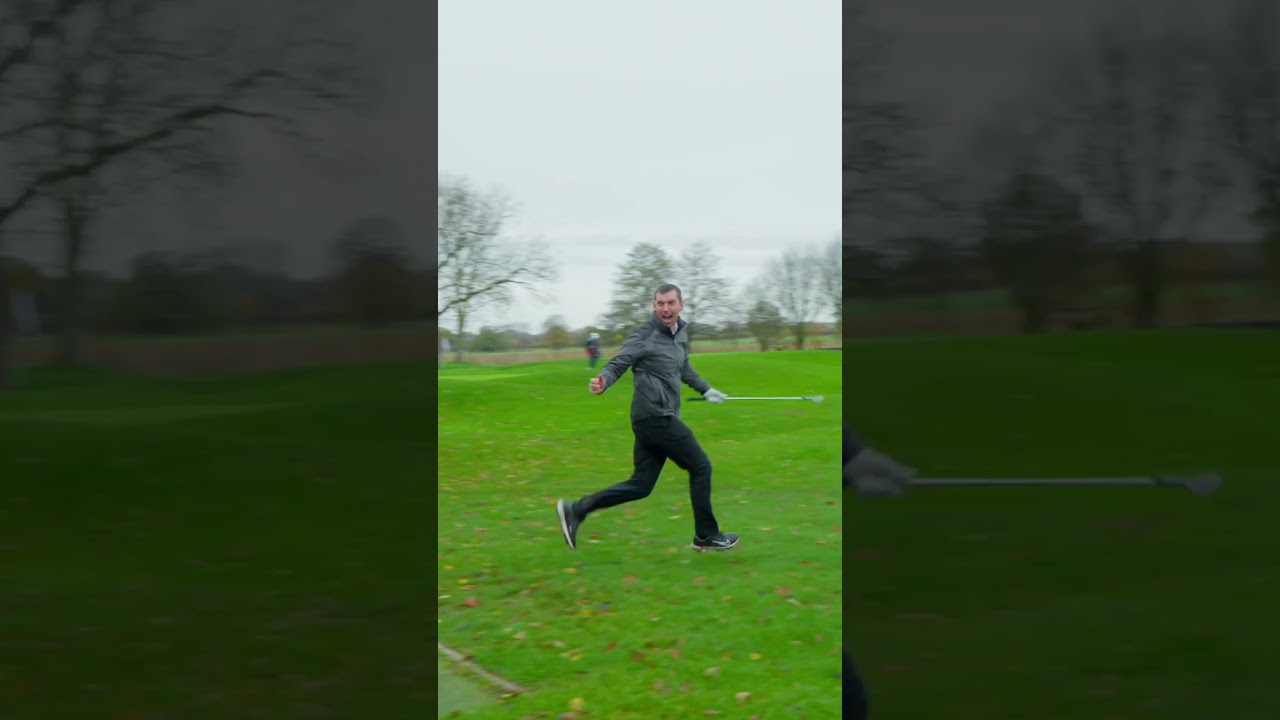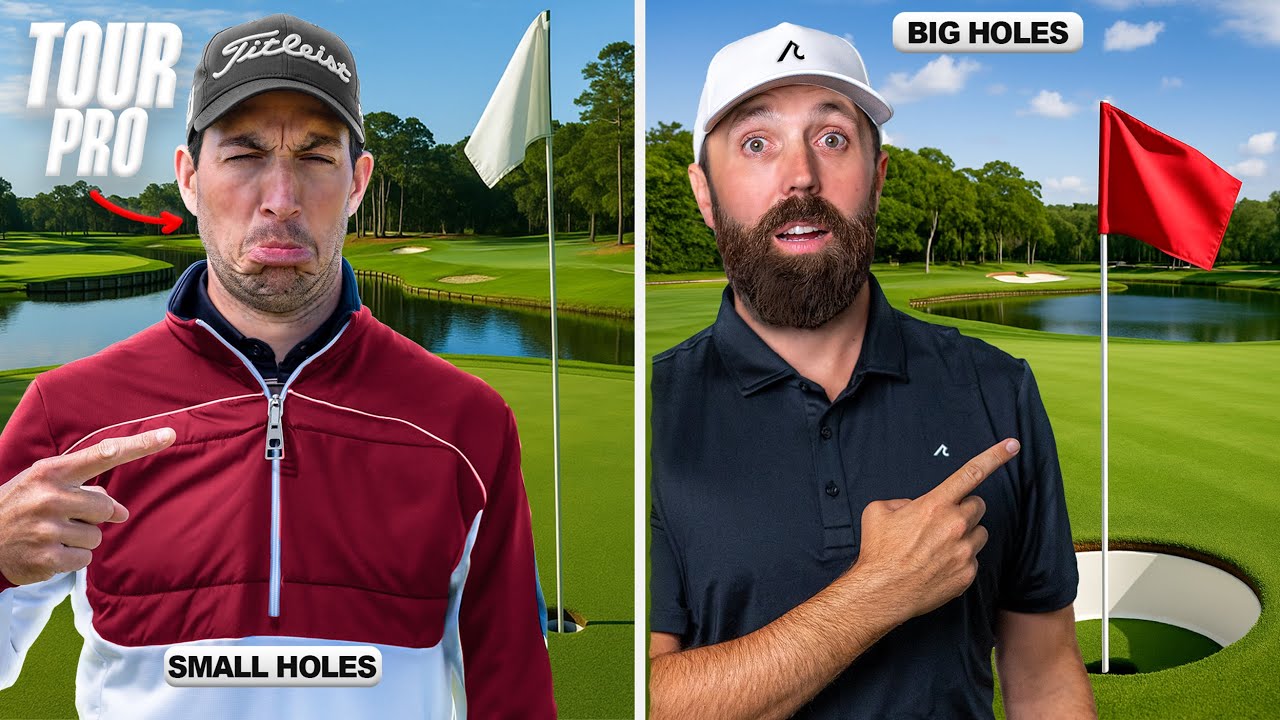Hi guys we're down here with lee cromwell home who is a fantastic sports psychologist. But specializing in golf we're down here at hailey park and we're answering some questions that we put out there on social media last night saying what topics would you like us to cover we've had some great questions some fantastic some some weird ones but how to i'll start visualizing about dead people but anyway we've got some sensible ones as well what of these sensible ones comes from dom who says how to get how do you get a shank out of your mind it ruins my game completely. And i'm sure it's a mental thing um obviously there might be some technique on that but you know if you're a good player and you generally hit the ball well but you can't be occasional one maybe but lee's going to help us with this legend um works with some top top players. So his information is valuable. So do listen carefully also check him out on his website down here winninggolfminds.com has some great content on they stick in my name as the code. And you get a discounted membership as well shanks lead how do i get it out of my mind that's not my mind dom's mine well the viewer's mind never mentioned well it comes down to the direction of your self-talk. So it's the character when we the way we communicate with ourselves is you know the internal dialogue is is what we call self-talk now the way that you construct those sentences is quite key. So we can have um avoidance goals okay. So or what we call avoidance or away goals which might be where you're trying to avoid actually achieving something so you might say to yourself right don't shank the balls don't shank it again because that's gonna be a recurring theme after a shot because it is such a destructive shot. And it generally creates a big emotional response and we're using shank but you can replace that word with top you know it doesn't have to be you know it don't top it again don't hit the ball left again don't hit it right again don't let it out of bounds don't get it in the pond don't knife it into the bone count. And all those kind of things or knife it out the bunker yeah you know. So what we need to do the language that we need to create is what we would call more towards. Or approach kind of language goals so we need to be looking at the goal that we actually want to achieve as opposed to the one that we don't want to achieve yeah. So if someone's hit a shank they might be going towards gold might be okay how do i hit this out the middle of the club this time you know rather than don't shank it because your brain actually doesn't recognize the word don't. So because you know an example if if i say to you right don't think about a pink elephant right now yeah in my head yeah you can't get it well it's weird because you can actually create an image of a pink elephant yeah. But you can't create an image of the word don't but even though we've never seen a pink elephant absolutely yeah in your head. So if you say to yourself don't shank it you will start getting all kinds of subconscious images of your shank in it. And you'll probably get the emotions subconsciously as well i like to keep bleeping i don't believe that word out just so it doesn't it doesn't hold anyone you know it's like you know don't hit it out of bounds don't don't miss this right you know and this you know what this happens with the tour players as well that i work with you know they sometimes just fall into the trap of saying the don't worry so it's basically they say don't say don't you know go down and go down that track and we this is where you know really good questions comes into it again you know how do i find the middle of the club face on this next.
Shot yeah you know. And also not overreacting to the s word or you know one of those kind of shots you know acceptance is a massive thing in golf in the mental game you know we're playing. For fun we're playing for enjoyment yeah we're gonna hit bad shots we've got the guys on the tv they're playing. And practicing every day you know they're the absolute ultimate in talent and ability and practice time hey bad shots i've seen tall pros have changed well not none of my clients no obviously. But um pulter hits the odd one yeah yeah. And i bet he's not bothered he accepts it moves on yeah he's jumps in his ferrari. But yeah well he's the epitome isn't he's very rarely going to let negative self-talk in you know we've we've all heard him in the ryder cups you know i will win a point. For europe today.
I am better than tiger woods stuff like that it's going to be me. And him at the top of the world rankings everyone laughed at him and then.
Next.
Minute in the top 10 yeah in the world rankings it's it's the language we need to work towards all those approach goals you know i mean. And it's not just being golf it's in life as well yeah. So the the big thing there is that we when we've hit a bad shot don't follow don't follow it up with a good shot follow it up with a good shot. So once you've hit that bad one you're going to assess it again ask yourself the next.
Question how can i hit the middle of the gospel okay. And then.
Hit the middle of the golf club look towards how you're going to improve. And hit the next.
Shot as best you can possibly ever hit um i think that's going to take a little bit of time. For you guys to practice that i mean just. For me then.
I've just got i've just gotten wrong then.
I've just said that's the mindset thing it is it's a habit. So practice that plenty um in social golf first get taken out on the golf course when you feel confident with it competitively and it will be a movement that i feel very confident with that that that will help you improve your golf. And help you after a bad shot to accept it to get over it and to make sure your next.
One is the absolute best one you can hit again because two bad shots in a row is you know devastatingly devastating you you really will start to fall down then..
So accept it move on ask yourself some good questions about what the next.
Shot should be and let us know how you get on do comment down below if you've you've tried this technique next.
Time you go. And play drop a little message down saying how you got on with it please do me. And you'll be on there answering as many questions as we can if you've enjoyed the video give it a thumbs up do check out lee on his website as well guys do check it out down here. And also he's on social media as well as twitter names and stuff so you can check him out down there give the video a thumbs up subscribe to my channel by clicking the link down here we're going to do the next.
Video in this window here about how we can keep improving your mental strokes.



























